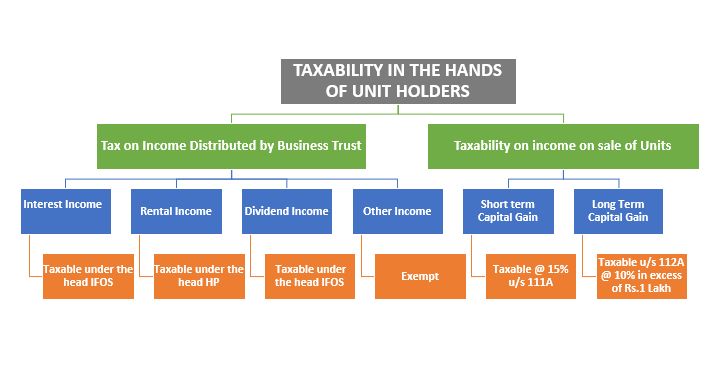📘 What is a Gilt Fund?
A Gilt Fund is a type of debt mutual fund that primarily invests in government securities (G-secs). These are bonds issued by the central and/or state governments to borrow money. As such, gilt funds carry zero credit risk, since they are backed by sovereign guarantee, but they are sensitive to interest rate movements.
Key Features of Gilt Funds:
| Feature | Description |
| Underlying Securities | Government bonds (short to long-term maturity) |
| Risk Level | Low credit risk, but high interest rate risk |
| Return Expectation | Moderate returns, typically 5–7% p.a. over medium to long term |
| Investment Horizon | Ideal for 3–5 years or more |
| Liquidity | High, as most gilt funds are open-ended |
| Regulation | Regulated by SEBI |
🔹 What is a Gilt Fund Account?
A Gilt Fund Account is a folio or investment account through which an investor can:
• Invest in one or more gilt funds
• Monitor NAV, holdings, and returns
• Redeem or switch between debt schemes
It may be referred to as a Mutual Fund Account with exposure specifically to Gilt Funds. Some platforms also offer direct gilt investments via RBI Retail Direct Gilt Account, allowing investors to buy G-Secs directly from RBI.
RBI Retail Direct’:
As part of continuing efforts to increase retail participation in government securities, ‘the RBI Retail Direct’ facility was announced in the Statement of Developmental and Regulatory Policies dated February 05, 2021 for improving ease of access by retail investors through online access to the government securities market – both primary and secondary – along with the facility to open their gilt securities account (‘Retail Direct’) with the RBI.
In pursuance of this announcement, the ‘RBI Retail Direct’ scheme, which is a one-stop solution to facilitate investment in Government Securities by individual investors is being issued today. The highlights of the ‘RBI Retail Direct’ scheme are:
i. Retail investors (individuals) will have the facility to open and maintain the ‘Retail Direct Gilt Account’ (RDG Account) with RBI.
ii. RDG Account can be opened through an ‘Online portal’ provided for the purpose of the scheme.
iii. The ‘Online portal’ will also give the registered users the following facilities:
- Access to primary issuance of Government securities
- Access to NDS-OM.
🔄 Gilt Funds vs Share Market – A Comparison
| Particulars | Gilt Funds | Share Market (Equity Investment) |
| Nature of Investment | Government bonds (debt instruments) | Equity shares of listed companies |
| Risk Level | Low credit risk, high interest rate risk | High market, business & volatility risk |
| Returns | Moderate & stable (linked to interest rates) | Potentially high but volatile |
| Ideal for | Conservative or debt-oriented investors | Growth-seeking and risk-tolerant investors |
| Investment Horizon | Medium to long-term | Long-term (ideally >5 years) |
| Volatility | Low to moderate | High |
| Regulation | SEBI, RBI | SEBI, Stock Exchanges |
| Liquidity | High in open-ended funds | High for listed shares |
| Taxation (LTCG >2Y) | 12.5% with indexation (for funds held >2 years) | 12.5% LTCG on gains > ₹1.25 lakh |
📈 Who Should Invest in Gilt Funds?
• Investors looking for safety of capital with moderate returns
• Suitable during falling interest rate cycles (bond prices rise)
• Ideal for diversification in low-risk portfolios
⚠️ Risks to Consider
• Interest Rate Risk: As rates rise, bond prices fall, affecting NAV.
• No Credit Risk, but duration risk is higher in long-term gilt funds.
• Not ideal for short-term parking due to volatility from rate changes.
📑 Source References:
1. SEBI – Mutual Funds Regulations: https://www.sebi.gov.in
2. RBI Retail Direct Scheme: https://rbiretaildirect.org.in
3. AMFI – Gilt Fund Details: https://www.amfiindia.com/investor-corner/knowledge-center/types-of-mutual-funds
Disclaimer: This article is solely for educational purpose and cannot be construed as legal and professional opinion. It is based on the interpretation of the author and are not binding on any tax authority. Author is not responsible for any loss occurred to any person acting or refraining from acting as a result of any material in this article.































